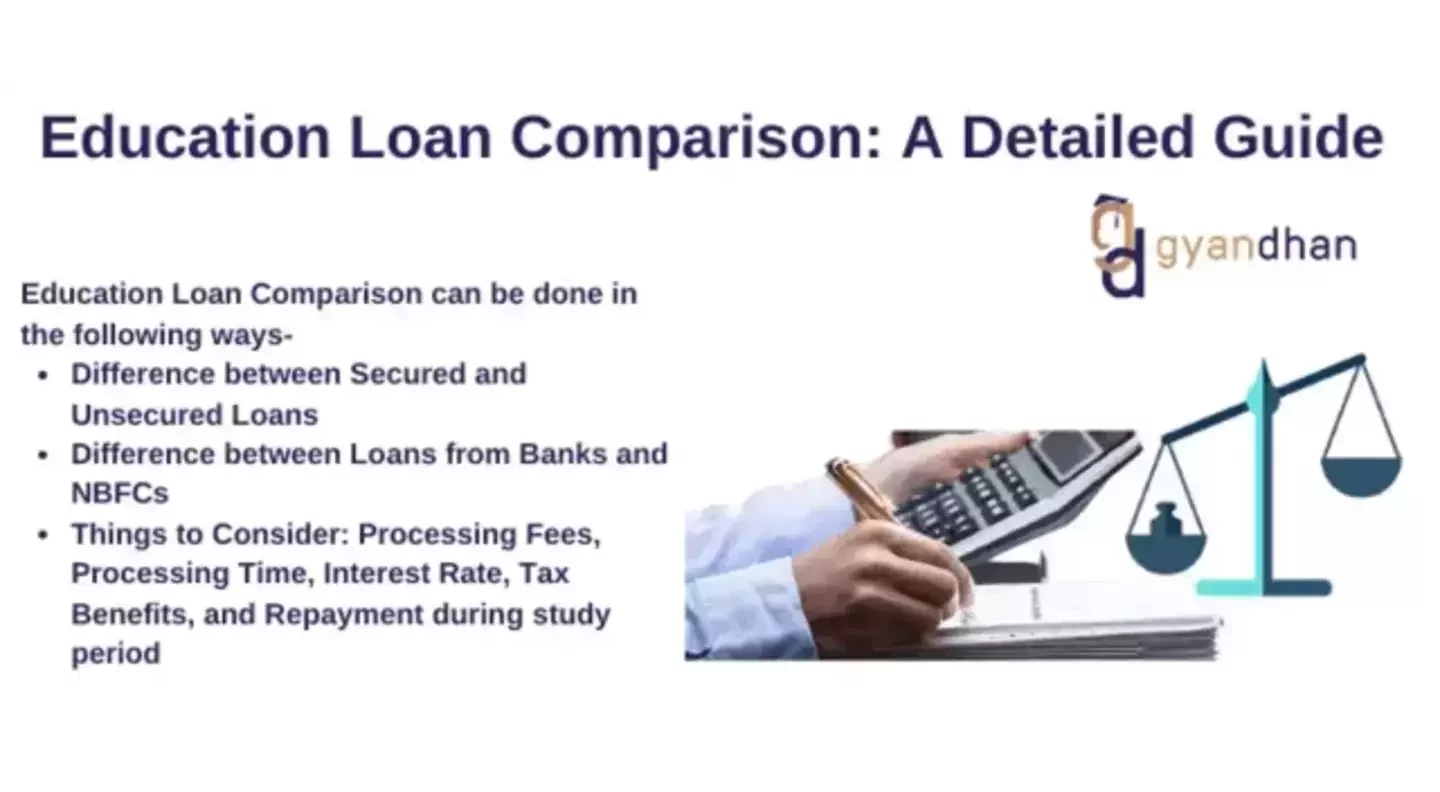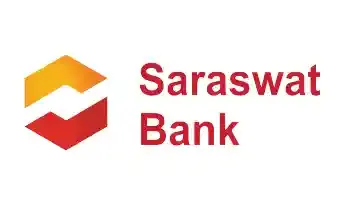Get instant loan offer suitable to your profile !


On this Page:
Understand ways for education loan comparison, difference between secured & unsecured education loans, bank and NBFC loans, & what to consider while comparing education loans.
The education loan market is on an upward swing and has seen a growth of 34% - from INR 16,800 (in FY 2016) to INR 22,550 crore (in FY 2019). Public sector banks, private banks, NBFCs and private entities are all vying for their share in this growing education loan market. As a result, they offer different kinds of education loans at varying terms and conditions, something that often confuses prospective loan seekers. In this blog, we will try to clear all confusion surrounding education loans by doing a detailed comparison of education loans available in the Indian market. So, without any ado, let us jump right into the discussion.

If you are a prospective education loan seeker, you might have heard of terms such as Secured education loan or education loan with or without collateral. Let us try and make these terms simple for our readers.
A secured education loan also referred to as an education loan with collateral, is one where the borrower has to pledge an asset when taking a loan. This asset can be a tangible asset such as land, property, or apartment, or an intangible asset such as Fixed Deposits, Government Bonds, Mutual funds, etc. Nationalized banks, private banks, and NBFCs ask for collateral for loans exceeding a certain amount. The lender will make use of this collateral to generate funds in case the loan becomes a Non-Performing Asset (NPA).
An unsecured education loan or an education loan without collateral is one where the bank does not ask for any security when sanctioning the education loan. Instead, the bank requires the borrower to take an education loan with a co-applicant. A co-applicant is someone who takes equal responsibility for loan repayment. A co-applicant can be someone with a decent CIBIL score and monthly income.

| Basis | Secured Education Loan | Unsecured Education Loan |
|---|---|---|
|
Meaning |
Education loan where the applicant pledges collateral against the loan amount. |
Education loan where the borrower does not pledge any security against the loan amount. |
|
Loan Amount |
Need-based finance |
Up to INR 1 crore |
|
Interest Rate |
Lower Interest Rates |
Higher Interest Rates |
|
Processing Time |
Longer processing time |
Shorter loan processing time. |
|
Co-applicant Requirement |
No co-applicant required |
Co-applicant required |
|
Repayment During Course |
No repayment is to be done |
Borrowers have to repay Simple interest or partial simple interest. |
|
Repayment Tenure |
Longer repayment tenure |
Shorter repayment tenure |

Banks, private and public, and NBFCs are the financial institutions that give education loans in India. Before discussing the differences between an education loan from a bank and NBFC, let us first understand how these financial entities raise funds that are loaned to borrowers.
Banks, whether public or private, borrow money from people (who are given an interest between 3.5% to 7% on their fixed deposit and saving accounts) and give it on loan to borrowers. NBFCs, on the other hand, borrow money from banks or other investors and then give loans. As is obvious, the rate of interest offered by banks would be lower than NBFCs - all other parameters being the same.
Let us now look at the differences between the loans offered by banks and NBFCs

| Feature | Banks | NBFCs |
|---|---|---|
|
Processing fees |
Banks either have zero or very low processing fees for education loans. For an education loan of INR 40lakhs, SBI charges a non-refundable fee of INR 10000 while Bank of Baroda and Axis Bank charge a refundable fee of INR 10,000. |
NBFCs typically have higher processing fees on the same loan amount. For an education loan of INR 40 lakhs, NBFCs typically have a non-refundable processing fee between INR 40000 and 80000. |
|
Processing Time |
Banks typically have a higher loan processing time, especially if it is a secured education loan. Most banks take around 15 days to process an education loan. |
NBFCs have a quick loan processing time and are ideal for students who need the sanction of an education loan in less than 5 days. |
|
Rate of Interest |
Lower rate of interest. |
Higher rate of interest. |
|
Tax benefits |
Borrowers are eligible for income tax deductions under Section 80E of the Income Tax Act when borrowing from banks. |
Education loans from NBFCs do not have any tax benefits. |
|
Interest repayment during the study period |
Students who take secured loans from banks do not have to pay any interest during their period of study. Their repayment starts after their moratorium period. Students who take unsecured education loans from banks have to make some interest repayment - either full or partial- during their study period. |
Students who take education loans from NBFCs have to make repayments during the study period, irrespective of whether they took secured or unsecured education loans. Some NBFCs, however, are flexible for deserving borrowers and make some exemptions on repayment during the study period. |

Now that our readers have got a detailed understanding of differences between lenders and types of education loans, let us also list down some points that should be kept in mind when comparing loans -






Students can read here for a more detailed understanding of the above-mentioned tips. Still have doubts when comparing education loans? In that case, get help for free from GyanDhan for all your education loan-related queries now.
Check Your Education Loan Eligibility

Ask from a community of 10K+ peers, alumni and experts
Trending Blogs
Similar Blogs

Network with a community of curious students, just like you
Join our community to make connections, find answers and future roommates.. Join our CommunityCountry-Wise Loans
Best Lenders for Education Loan

ICICI Bank

Axis Bank

Union Bank

Prodigy

Auxilo

Credila

IDFC

InCred

MPower

Avanse

SBI

BOB

Poonawalla

Saraswat